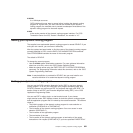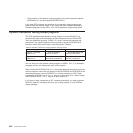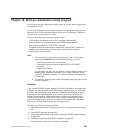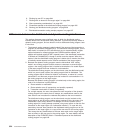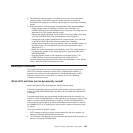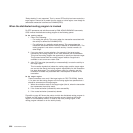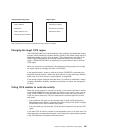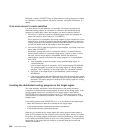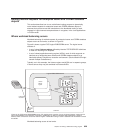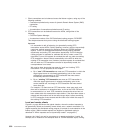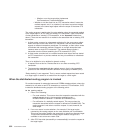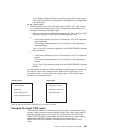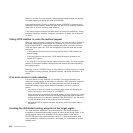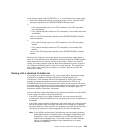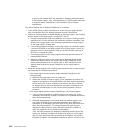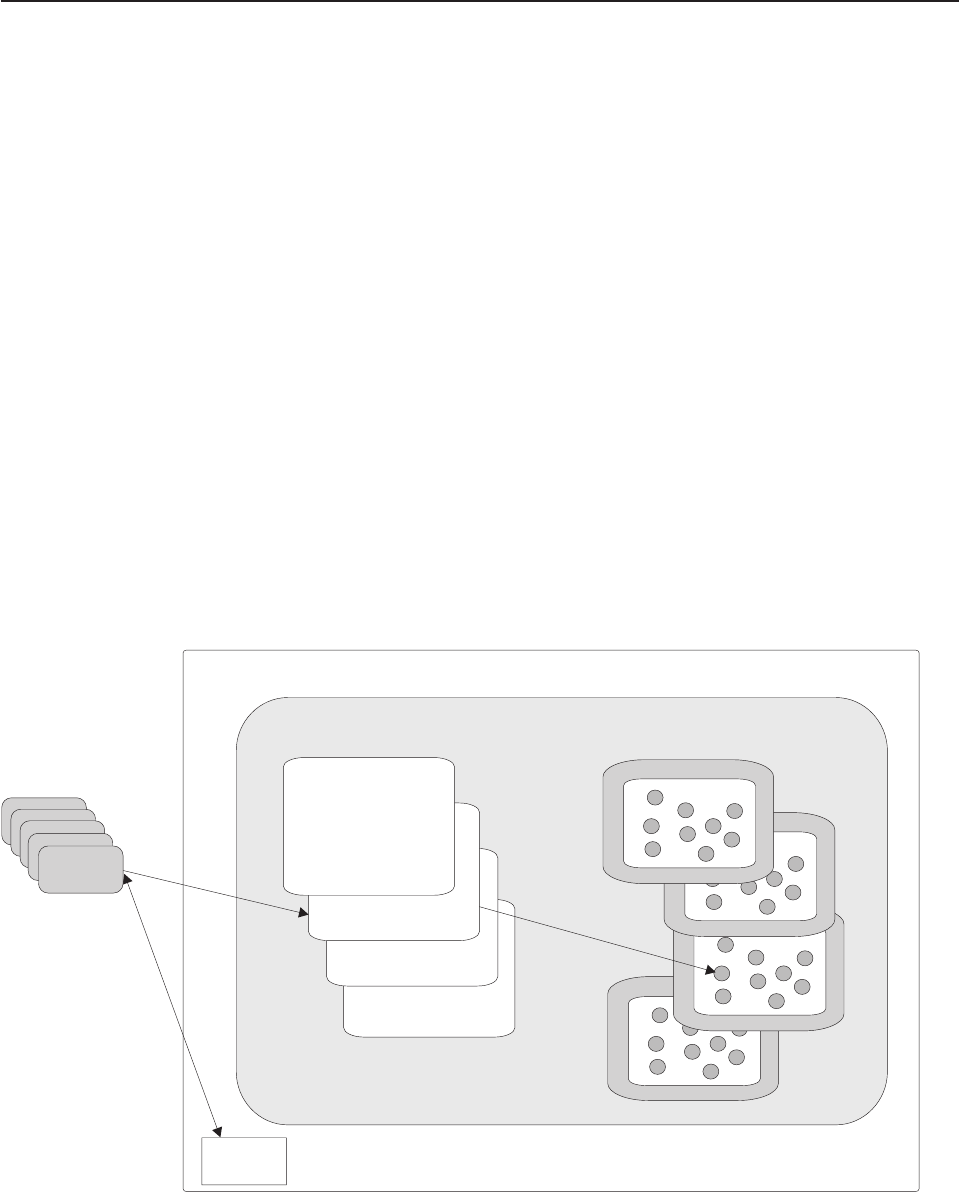
Routing method requests for enterprise beans and CORBA stateless
objects
This section describes how to use a distributed routing program to dynamically
route method requests for enterprise beans and CORBA stateless objects. It
assumes that you have read the introduction to the distributed routing of such
requests in Logical servers-enterprise beans in a sysplex, in the Java Applications
in CICS manual.
Where workload balancing occurs
Workload balancing of method requests for enterprise beans and CORBA stateless
objects occurs at two levels, as shown in Figure 61.
Figure 61 shows a typical CICS logical EJB/CORBA server. The logical server
consists of:
v A set of cloned listener regions defined by identical TCPIPSERVICE definitions
to listen for incoming IIOP requests.
v A set of cloned application-owning regions (AORs), each of which supports an
identical set of enterprise bean classes and CORBA stateless objects in an
identically-defined CorbaServer execution environment. (Each cloned AOR might
contain multiple CorbaServers.)
Typically, as in this example, the listener regions and AORs are in separate groups;
in some servers they may be combined into listener/AORs.
Workload balancing occurs at two levels:
Hostname
resolution
SYSPLEX
Distributed
routing
Cloned
listener
regions
Dynamic
DNS
Cloned CICS AORs
Logical EJB/CORBA server
Client
IIOP
Figure 61. A CICS logical EJB/CORBA server. The logical server consists of a set of cloned “listener” regions and a
set of cloned AORs. In this example, connection optimization by means of dynamic DNS registration is used to
balance client connections across the listener regions. Distributed routing is used to balance OTS transactions across
the AORs.
Chapter 18. Writing a distributed routing program 629



